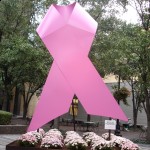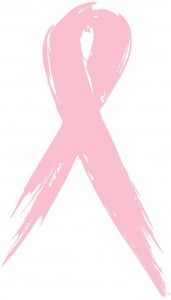 Breast tissue is made up of fat cells which include mammary glands, ducts, lobes and adjacent lymph ducts and nodes. Keeping this tissue just as healthy as any other body part and be done easily with self massage and herbs to move the flow of qi, or energy in this tissue.
Breast tissue is made up of fat cells which include mammary glands, ducts, lobes and adjacent lymph ducts and nodes. Keeping this tissue just as healthy as any other body part and be done easily with self massage and herbs to move the flow of qi, or energy in this tissue.
Many well known herbs such a ginseng and astragulus are beneficial at moving qi, but did you know there are also some very good herbs which can specifically help with benign breast pain? Many breast lumps are small and movable and may be more pronounced during menstruation as a result of fluctuations in hormones. Traditional Chinese medicine treats these as stagnant qi, or stagnant energy that has been blocked. There is a terrific protocol for self breast massage at EssentiallyPink.com. Do this massage at least once a week or as needed when you have minor pain in the surrounding lymph nodes in the armpit and breast area. This is a free and easy way to promote self breast health. Just as brushing and flossing becomes routine so should self breast massage.
In addition to massaging the breast tissue, combination of Chinese herbs has been used successfully throughout Asia for hundreds of years for breast problems. Herbal formulas can help relieve the stagnation and stress that may accumulate in the chest. Herbs such as tangerine peel, bupleurum, white peony and vaccaria seeds create a synergy of actions that help move the stagnate Qi in the chest. Vaccaria seeds are especially good at helping invigorate the blood and reduce pain and swellings in the breasts. These seeds alone are also very good at promoting lactation, but only for women who are already lactating. Creating breast health should be a priority in every women’s life. It’s time for a shift from a fear based breast cancer model to one of self love and breast health. Being proactive is up to you.



